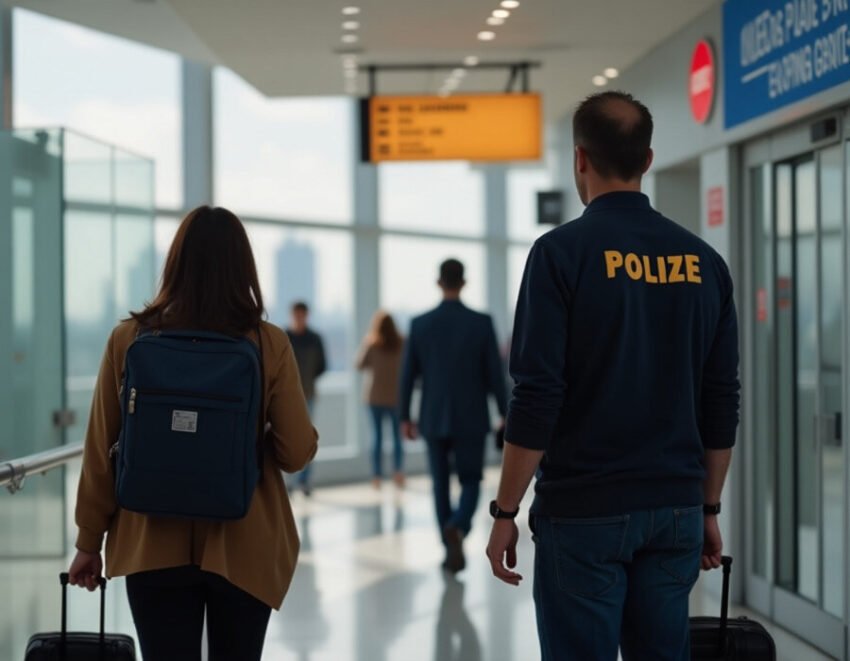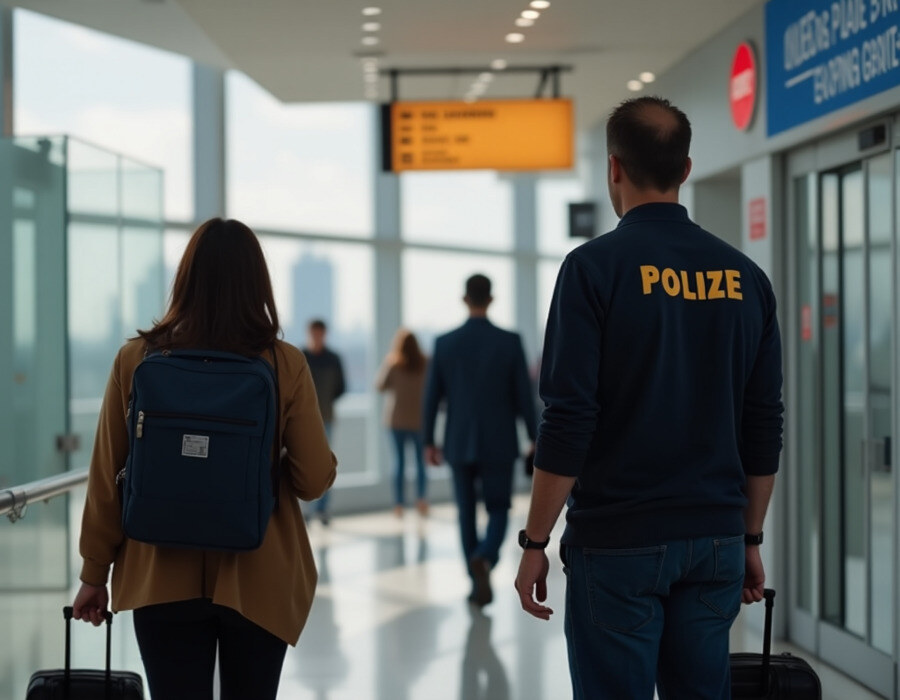Home » TRAVEL NEWS » United States, United Kingdom, Canada, Japan and Australia Brace for Significant ETIAS Fee Rise as European Union Implements Sweeping Border Security Reforms by 2026
Monday, July 21, 2025

Travelers from the United States, United Kingdom, Canada, Japan, and Australia are set to face a substantial increase in entry costs to Europe, as the European Union prepares to implement a major hike in the ETIAS (European Travel Information and Authorization System) fee by 2026. The proposed increase—from €7 to €20—is part of the EU’s broader strategy to modernize border controls, enhance digital screening, and align with global security standards. The revised fee aims to support the deployment of advanced technologies, including automated application systems, real-time database checks, and integration with the Entry/Exit System (EES), all designed to strengthen the EU’s ability to identify potential threats before travelers arrive. While exemptions will remain for certain groups like minors and seniors, most visitors from visa-exempt countries will now shoulder the financial burden of these enhanced security measures, signaling a new era of regulated and pre-authorized travel to the Schengen Area.
Europe Plans to Raise ETIAS Fee to €20 by 2026 in Major Border Security Upgrade
In a major policy overhaul aimed at upgrading travel procedures and reinforcing border security, the European Commission has announced its intention to raise the European Travel Information and Authorization System (ETIAS) fee from €7 to €20. This revised pricing is expected to come into effect when the ETIAS system becomes operational in late 2026.
The change will apply to travelers from visa-exempt countries, including the United States, the United Kingdom, Canada, Japan, Australia, and several others. Although the European Union (EU) argues that this fee aligns with similar systems in the U.S. and U.K., the steep rise has sparked concern among travelers, tourism businesses, and civil liberties advocates.
Why the Fee Hike?
The ETIAS was originally introduced to pre-screen travelers from visa-free nations and ensure a secure and streamlined entry into the Schengen Area. Under the new proposal, the increased fee will help fund the system’s advanced security technologies, ongoing upgrades, and operational staffing needs.
EU authorities argue that the €20 fee will support critical technical investments, such as:
- Improved automation of application processing
- Enhanced data encryption and security infrastructure
- Integration with EU-wide systems like the Entry/Exit System (EES)
- Round-the-clock staffing and support operations
This enhanced digital infrastructure is expected to strengthen the EU’s ability to identify potential threats before travelers even board transportation bound for Europe.
Who Will Pay – And Who Won’t?
While the new fee will apply to the majority of travelers from over 60 visa-exempt countries, several exemptions remain. Minors under 18, seniors aged 70 and above, and specific relatives of EU citizens will remain exempt from paying the updated ETIAS fee. The exemption also extends to non-EU nationals who hold free movement rights within the EU.
Still, for most travelers, the financial impact is notable. For instance, a family of four visiting Europe from the U.S. would pay €80 under the new rule, compared to just €28 today.
ETIAS: What It Does and How It Works
ETIAS is a fully digital travel authorization system designed to vet travelers before they reach EU borders. Eligible visitors will be required to fill out an online form with basic personal information, such as name, date of birth, travel document details, and travel history.
Once submitted, applications will be automatically cross-checked against various European security databases, including:
- Schengen Information System (SIS)
- Interpol databases
- Europol data archives
Most applications will be approved within minutes, although those triggering security alerts may take longer or be denied.
Unlike traditional visas, ETIAS does not require an embassy visit. The process is entirely online and, in most cases, hassle-free—so long as the traveler is cleared by the automated screening tools.
Europe Aligns with Global Security Protocols
With this fee revision, the EU joins countries like the United States and the United Kingdom in charging travelers for pre-arrival screening. The U.S. Electronic System for Travel Authorization (ESTA) currently costs $21, while the U.K.’s Electronic Travel Authorisation (ETA) costs £10.
By matching these price points, the EU aims to create a standardized model for secure travel entry, one where the cost of safeguarding borders is increasingly funded by travelers themselves.
Timeline and Approval Process
Although the European Commission has already put forward the fee increase, it is not yet law. The European Parliament and the Council of the EU have a two-month window to examine, amend, or delay the proposal.
If approved without changes, the €20 fee will officially be enforced once ETIAS goes live, which is expected by the final quarter of 2026. EU officials emphasize that the lead time allows member states to prepare for implementation and conduct comprehensive testing.
Preparing for the Shift
As the system inches closer to activation, travelers should prepare for new travel planning routines. Those visiting the EU from visa-exempt nations will need to apply online for ETIAS authorization in advance—ideally several days before departure—to ensure smooth entry.
ETIAS will impact over 1.4 billion travelers globally once operational, affecting tourists, business professionals, and family visitors alike.
Travelers from the United States, United Kingdom, Canada, Japan, and Australia will soon face a significant ETIAS fee increase as the EU strengthens border security with advanced digital screening and stricter pre-travel checks. The €20 charge, set for 2026, supports upgraded systems aimed at safeguarding Schengen borders.
A New Chapter in Travel to Europe
The increase in ETIAS fees signals a broader move by the EU to balance open access with stronger border controls. While the digital application remains user-friendly, the investment behind the scenes is significant—aimed at identifying risks, preventing illegal entry, and streamlining travel procedures across the Schengen zone.
With key exemptions protecting vulnerable groups like children and seniors, the EU insists the measure is both fair and forward-looking. Ultimately, the success of the updated system will depend on how efficiently it manages the complex balance between traveler convenience and robust border security.

